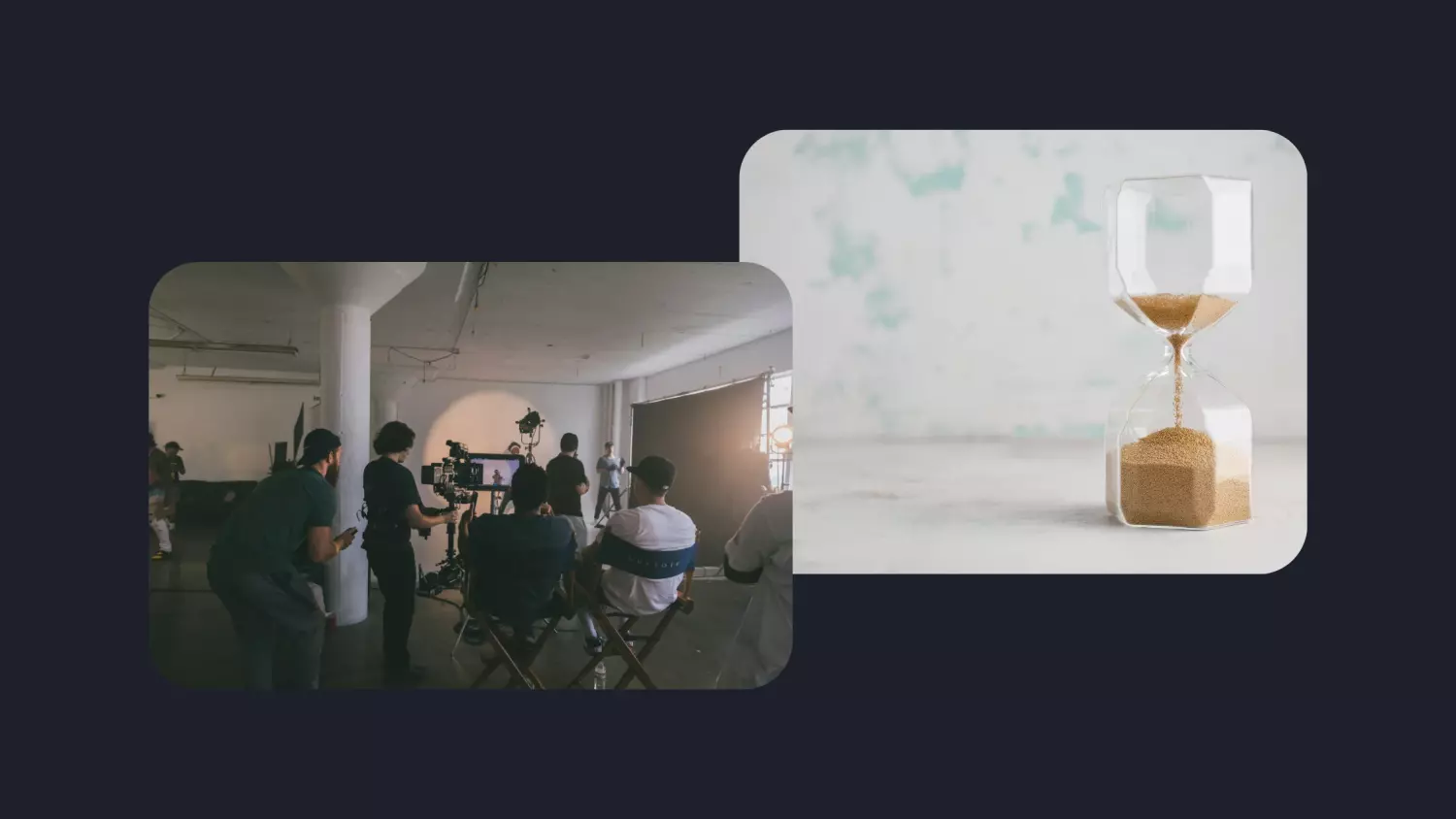At the HS Creative Tech event in New York, a talk made everyone rethink what storytelling could look like in the digital age. Matthieu Lorrain, a visionary in the world of AI and creative technology, introduced the concept of Liquid Content—a revolutionary idea that blends AI, creativity, and interactivity to transform how stories are told.
For anyone in e-commerce, content production, or the creative space, Lorrain’s insights showed how AI can reshape storytelling in dynamic, personal, and engaging ways.
Here’s a deep dive into some key takeaways from his talk
What is Liquid Content?
Imagine stories that aren’t static but adapt in real-time—changing based on where you are, who you are, and how you engage with them. That’s Liquid Content.
You know how stories used to be dynamic back in the day? Think of shamans or village elders tweaking legends depending on who was listening—kids got the fun version, and adults got the wisdom-packed one. Fast forward to now, and we’re bringing that idea back, but with AI superpowers.
Liquid Content isn’t just about personalisation; it’s about creating experiences that feel alive. Stories that adjust to your context and engage you in ways we’ve never seen before. Cool, right?
Liquid content is a possibility. It doesn’t mean that all content will be liquid.
Matthieu Lorrain, Creative Lead at Google DeepMind
Breaking it down: The five dimensions of Liquid Content
Lorrain broke down the concept of liquid content into five key dimensions: time, space, interactivity, art direction, and story. Each dimension represents a way that storytelling can adapt to its audience, creating more dynamic and engaging narratives.

1. Time
Liquid Content adapts to time, allowing stories to shrink or expand based on the viewer’s schedule. Similar to how LLMs summarise text while retaining style, AI could reshape videos into shorter highlights or extended versions, tailoring content to individual preferences.
2. Space
Beyond responsive design, Liquid Content adapts stories to environments. Lorrain shared an example of a project celebrating the 45th anniversary of Space Invaders that used geospatial technology to change visuals and gameplay based on location, time of day, and temperature, creating personalised experiences.
3. Interactivity
Lorrain introduced the concept of “interaction on demand,” emphasising that people don’t always want to engage with content actively. Sometimes, they just want to sit back and watch. “Interaction on demand” allows viewers to engage actively or passively. Imagine chatting with Darth Vader during Star Wars or turning a car chase into a playable game—optional interactivity makes content more engaging.
4. Art direction
AI now enables creators to reskin and redirect scenes entirely. Imagine taking a 3D rendering of a character and applying different cinematic styles to it—shifting from realism to surrealism or even hyper-stylised animation. This flexibility opens up new creative possibilities, allowing stories to evolve based on how they’re being experienced.
5. Story
Perhaps the most transformative dimension, storytelling itself, can adapt to AI. Lorrain highlighted how platforms like Netflix could move beyond recommending shows at the discovery level to customising the actual narrative within a story to adapt to individual viewers. Lorrain imagined Netflix altering Emily in Paris for a French audience to Pablo in Buenos Aires, customising plots while preserving core narratives.
Stories are the original algorithms of what moves the world forward.
Matthieu Lorrain, Creative Lead at Google DeepMind
Bringing it all together…
These five dimensions—time, space, interactivity, art direction, and story—form the foundation of Liquid Content. Together, they make it possible to create experiences that are more responsive and immersive than ever before
The cultural impact of Liquid Content
Lorrain doesn’t just think about tech—he’s deeply interested in how these shifts will shape culture. Here are two big ideas that stood out:
- Are we creating bubbles?
Hyper-customised content risks isolating people in individual bubbles. But as Lorrain points out, the most memorable cultural moments are shared—think Barbenheimer or any latest viral hit. Balancing customisation with shared experiences will be crucial. - Creators as world builders
As content becomes more dynamic, the role of the creator evolves. Creators will move upstream, designing systems, characters, and rules that allow stories to adapt. It’s less about crafting fixed narratives and more about creating worlds where audiences can play, explore, and even co-create.
What’s next?
We’re like in the early years of TV where they just filmed radio anchors talking to the camera—it took decades to create new formats like reality TV.
Matthieu Lorrain, Creative Lead at Google DeepMind
Lorrain wrapped up his talk by challenging the audience to think about the next big storytelling format. What comes after video, AR, or even AI? The answer isn’t clear yet, but one thing is certain: the future of storytelling will be dynamic, responsive, and utterly transformative.
As Lorrain put it, “We’re on a journey where formats, stories, and technology converge into something entirely new. And while we don’t know exactly where we’ll land, it’s an exciting time to create.”






